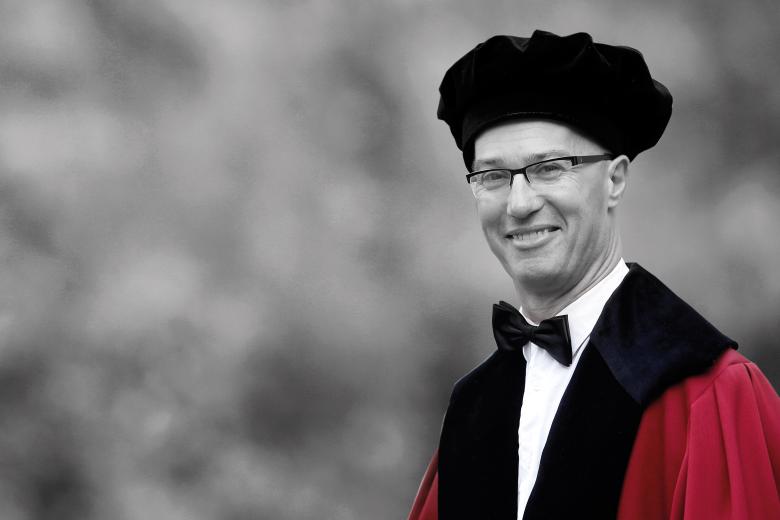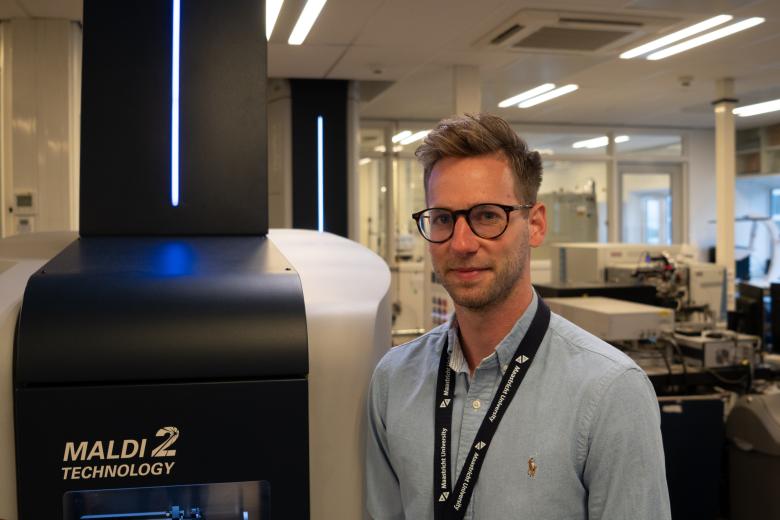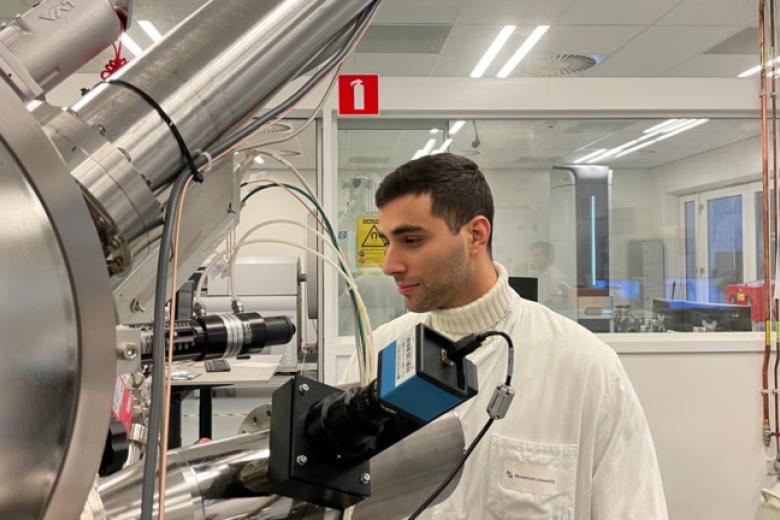Prof. Ron Heeren
At the forefront of molecular imaging
Ron Heeren, Distinguished Professor and Limburg co-chair of the Maastricht Multimodal Molecular Imaging Institute, has devoted his career to innovations in mass spectrometry and their applications to other disciplines.
About his current research direction, he says:
"A comprehensive understanding of molecular patterns of health and disease is needed to pave the way for personalised medicine and tissue regeneration. New physical technology developments in mass spectrometry based chemical microscopes have now firmly established themselves in translational research. They target biomedical tissue analysis in various diseases as well as other chemically complex surfaces. In concert they elucidate the way in which local environments can influence molecular signalling pathways on various scales, from molecule to man.
The integration of this pathway information in a surgical setting is imminent, but innovations that push the boundaries of the technology and its application are still needed. These developments require a strong interdisciplinary approach where physicists, chemists, biologists and clinicians come together to tackle the complexity of life. In particular, researchers investigate comprehensive and isolated biomolecular molecular patterns of health and disease. This is a key element needed to pave the way for personalised medicine and tissue regeneration.
One barrier to predictive, personalised medicine is the lack of a comprehensive molecular understanding at the tissue level. As we grasp the astonishing complexity of biological systems (whether single cells or whole organisms), it becomes more and more evident that within this complexity lies the information needed to provide insight in the origin, progression and treatment of various diseases.
The best way to capture disease complexity is to chart and connect multilevel molecular information within a tissue using mass spectrometry based molecular microscopy. This enables translation of high end molecular imaging technologies to the clinical practice in pathology and surgery."
Career
Ron Heeren was appointed as distinguished professor and Limburg Chair at the University of Maastricht in 2014 and has been the driving force behind several innovations.
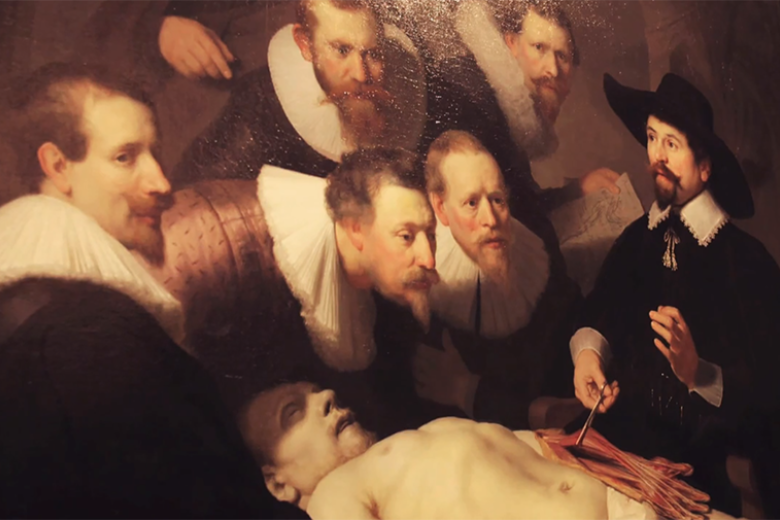
Research
Prof. Heeren’s research interests are the fundamental studies of the energetics of macromolecular systems, conformational studies of non-covalently bound protein complexes, translational imaging research, high-throughput bioinformatics and the development and validation of new mass spectrometry based proteomic imaging techniques for the life sciences.

Education
Prof. Heeren has supervised more than 60 PhD students and postdoctoral fellows, many of whom have received prestigious awards and are now leading their own labs or hold key positions in industry. Currently, he supervises masters and PhD students at UM, Vrije Universiteit Amsterdam and the University of Amsterdam.

News
In the press
L1, De stemming podcast, 20 September 2020
Ron Heeren explains a brand new invention from biomedical science: organoids (in Dutch).

C2W, Snelle samples voor MALDI-MSI, 2 June 2020
Explanation (in Dutch) of the Matrix Sublimator, a fully automated device for samples in MALDI-MS.

Nederlands Tijdschrift voor Natuurkunde, Interview met Ron Heeren, 1 February 2020
Explaining the benefits of interdisciplinary research at Maastricht MultiModal Molecular Imaging Institute (M4I).
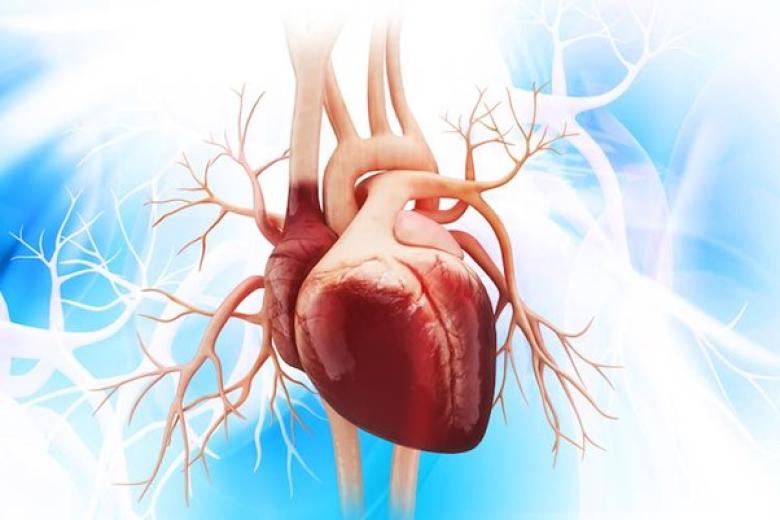
More
- Eindhovens Dagblad, Prijs voor fysicus in Veldhoven: diagnose tijdens operatie dankzij moleculenmeter, 21 January 2020
- WijLimburg, Brightlands Convention Award voor Ron Heeren, 24 March 2019
- The Translational Scientist, The Inside Story, 6 December 2018
- KT Seminars, Translational imaging mass spectrometry: From CERN to the surgeon, 29 May 2018
- C2W, Maastricht: broedplaats voor interdisciplinair onderzoek, 11 May 2018
- The Analytical Scientist, The Inside Story, May 2018 issue
- WijLimburg TV 1op1, Ron Heeren (Brightlands Maastricht Health Campus), 9 April 2018
- WijLimburg TV 1op1, Hoogleraar Ron Heeren en Meisje met de parel te gast in 1op1 – WijLimburg TV, 22 March 2018
- VSNU Ezine, De digitale operatiekamer van de toekomst, 2017
- The Analytical Scientist, Power List 2017
- RTL Nieuws, Ron Heeren over de 'massamicroscoop', 23 December 2016
- The Scientists' Channel,
Ron M.A. Heeren on the Use of Advanced Molecular Imaging Technologies for Translational Research, 1 August 2016 - Business Wire, MultiModal Molecular Imaging Institute at Maastricht University Joins Waters Centers of Innovation Program, 22 June 2016
- ZuidLimburg.nl, Meet bright people: Ron Heeren, 16 November 2015
- Brightlands Campussen, Meet Bright People: Ron Heeren, 12 November 2015
- The Analytical Scientist,
MultiModal Molecular Imaging, 26 February 2015 - Bits & Chips, Maastrichtse universiteit kaapt onderzoeksgroep weg bij Fom2, July 2014



